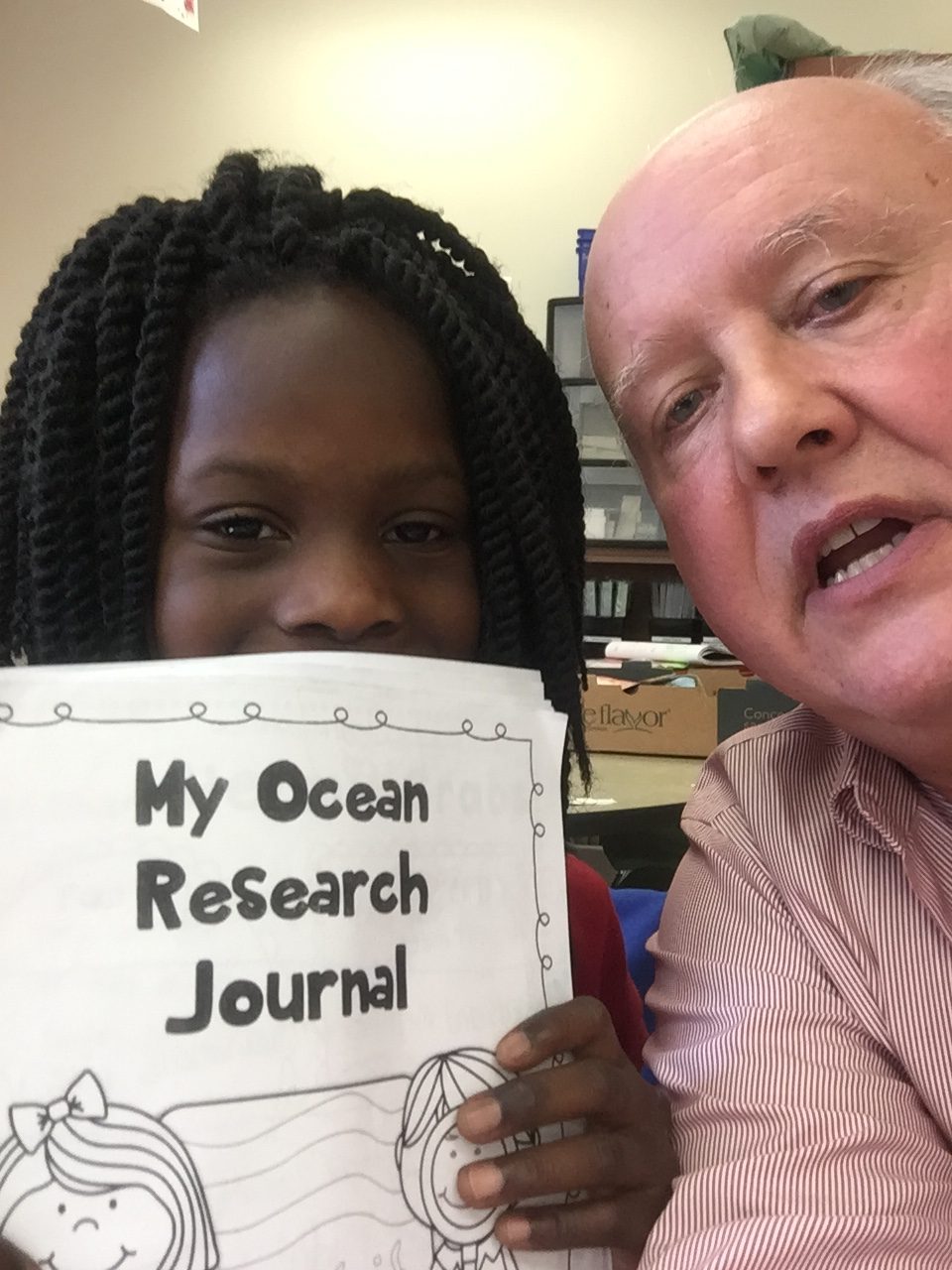Dear SchoolWorks Lab’s Community,
Although the protests are the most visible part of pushing back against racism, the discussions that are happening are also important. The protests have lifted the conversation to a new level and it is important to realize that we are all talking about how to address racism, how to end discrimination based on racism, and what actions we need to take in the future to end racism.
Inclusion
In education, ending racism means, inclusion of all people in a diverse environment in order to maximize the potential for learning. But schools cannot do this by themselves. The school is always a reflection of the neighborhood. This is particularly important when we see the connection between low-performance in reading with high poverty around the school. High performance on reading almost always occurs when the neighborhood has more wealth. Try this experiment for your self….google the 3rd grade reading score against the “free and reduced lunch” score for any community and watch the inverse relationship establish itself as the outcome of your search. Racism and non-inclusion in schools starts with asking better questions about why high reading scores occur more frequently in high wealth communities and why can’t we make high reading scores the norm in all schools?
Using the Arts to Teach Anti-Racist Thinking
The arts can be racist when they reflect a certain viewpoint and then they are enshrined at in institution. As time goes by, that viewpoint may not hold for the majority of the population. For example, the statues that are being removed in towns and cities used to reflect feelings that may have started in the Civil War conflict but are now no longer the feelings of the majority of the people who walk those streets. Where the arts help us to teach anti-racist thinking is when we discuss this institutional enshrinement and then make a change that better reflects our updated notions which are now more inclusive of a more diverse population than they were 170 years ago.
Arts Integration in the Classroom
Where the arts really thrive in teaching anti-racist thinking is in the classroom where these discussions are welcomed as inherently inclusive of all opinions. Arts integration, the idea that the arts can help all domains and subject matter, really invite this discussion because the inclusion of the arts into teaching and learning develops a very democratic conversation about us and others. Arts integration helps everyone to see that we are all creative. Common agreement about creativity’s centrality to human understanding helps us to think about including everyone in every discussion, regardless of race, ethnicity, gender, or other ways of identifying who we are.
Arts Embrace Others
In fact the arts and the creative process they embed in curriculum invite us to embrace this conversation of otherness and the resistance to otherness, which is racism. Hidden prejudices based on belonging to one group are a deep-seeded way of human understanding. Remaining confident that we belong to lots of groups and we do not discriminate against other groups is a huge lesson waiting to be unearthed, understood, accepted, and worked on for the improvement of our democracy. The arts help us belong through a creative process that is also deeply-seeded in human understanding but the difference is that the group the arts help us to understand that we belong to is the entire human race. One way to address anti-racist thinking is by teaching creativity and the arts with the understanding of belonging to the human race and understanding otherness. This may be quite helpful in anti-racist thinking at this time.




